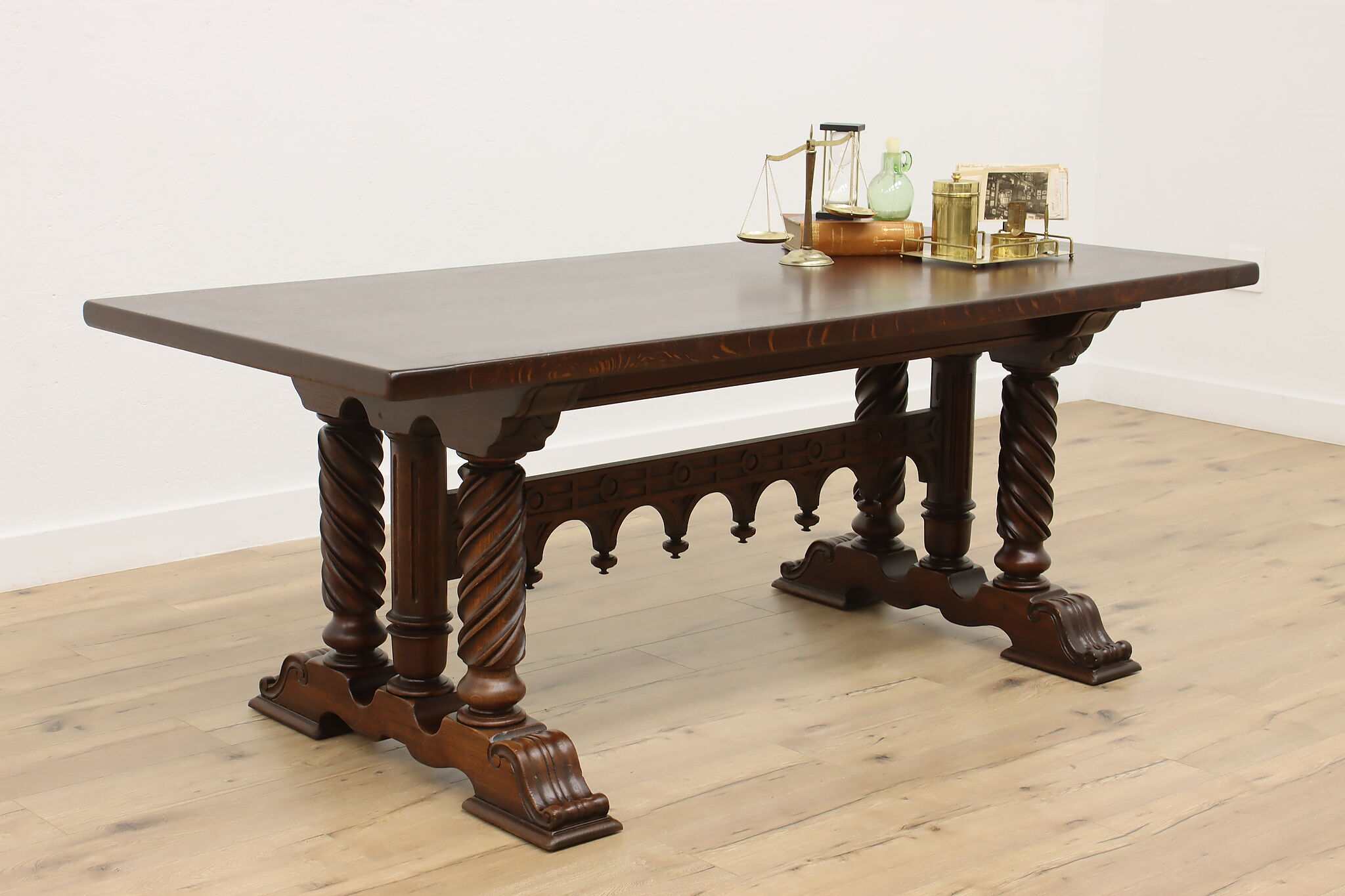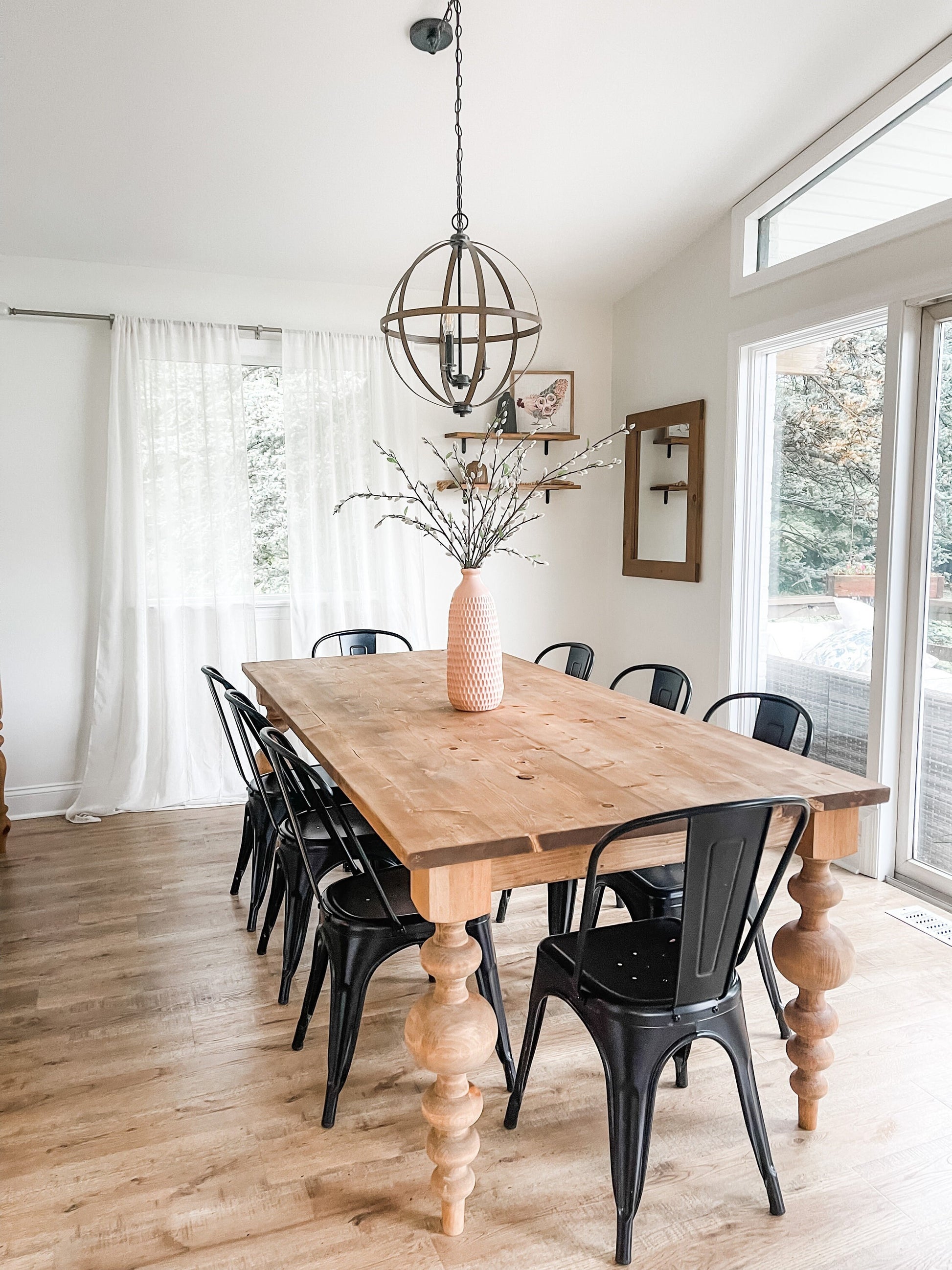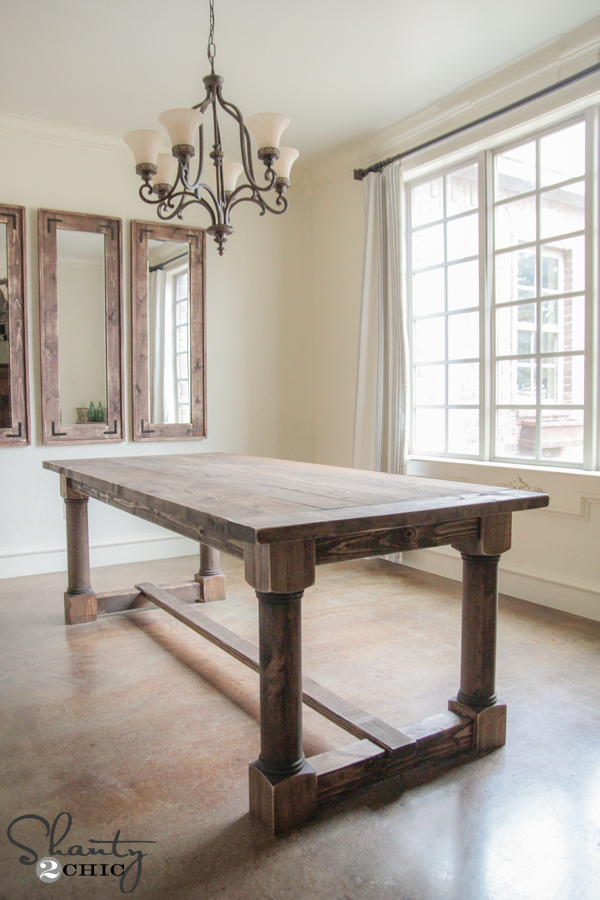Unique Dining Room Table Legs That Will Elevate Your Dining Area
Unique Dining Room Table Legs That Will Elevate Your Dining Area
Blog Article
Just How to Choose the Perfect Eating Space Table Legs for Your Home Design
Selecting the optimal eating room table legs is a nuanced procedure that needs careful consideration of various elements, including your area constraints, aesthetic preferences, and practical requirements. The interaction in between designs, measurements, and materials can significantly influence the setting of your dining location, making it essential to approach this choice carefully.
Assess Your Dining Space
Analyzing your eating room is crucial for selecting the right table legs that complement both visual appeals and functionality. Begin by gauging the dimensions of your eating area, including ceiling height, floor room, and distance to other furniture. This info will help establish the appropriate size and height of your table, which straight affects the choice of table legs.
Following, consider the style and layout of your eating room. An open-concept layout may profit from table legs that provide aesthetic lightness, such as slender metal or acrylic alternatives. Conversely, a much more traditional setting might require strong wood legs that provide a feeling of permanence.
Assess the existing color palette and products in your dining area. Harmonizing the table legs with these aspects creates a cohesive appearance that boosts the general decor.
Eventually, an extensive analysis of your eating area will lead you in making an informed decision, ensuring that your table legs not just boost the visual appeal but also offer useful functions.
Consider Your Design Preferences
When selecting dining space table legs, it is important to reflect on your personal style choices, as they significantly affect the overall aesthetic of your dining room. Your option of table legs can either enhance or contrast with existing design, making it crucial to align them with your favored interior decoration style.
If your home leans in the direction of a contemporary aesthetic, think about smooth metal or minimal wooden legs that offer a clean, uncluttered look. For a much more typical technique, luxuriant wood legs with detailed makings can include a touch of style and elegance. Industrial styles profit from robust, raw materials such as reclaimed timber and steel mixes, reflecting a tough beauty.
Additionally, farmhouse and rustic styles often favor durable, beefy legs that evoke a sense of warmth and convenience. Alternatively, if your decor is diverse, you could pick unconventional forms or a mix of products to produce aesthetic rate of interest.

Evaluate Material Options
The option of material for dining room table legs plays a crucial duty in both longevity and aesthetic allure. Usual products include wood, metal, and composite alternatives, each offering distinct attributes that can influence the total appearance and longevity of your table.
Wood is a timeless option, understood for its heat and flexibility. Hardwoods like oak and walnut give outstanding toughness and can be ended up in different stains to match any design. Softwoods like yearn are extra vulnerable to damages and scrapes, making them much less excellent for high-traffic areas.
Metal legs, usually crafted from steel or light weight aluminum, radiate modernity and commercial beauty. They are very sturdy and immune to wear, making them ideal for families with kids or regular gatherings (dining room table legs). Additionally, metal can be finished in different shades, improving the modification possibilities
Composite products, such as MDF or laminate, offer price and varied styles. While normally less long lasting than strong wood or steel, they can still provide a fashionable appearance and are usually very easy to preserve.
Inevitably, the material you select should align with your lifestyle, aesthetic preferences, and the degree of usage your table will experience.
Determine Elevation and Size
Choosing the proper height and size for your eating room table is essential for both performance and convenience. The standard elevation for eating tables commonly varies from 28 to 30 inches, allowing adequate legroom for a lot of people when seated. It is essential to take into consideration the dimensions of your dining area and the kinds of chairs you plan to use.

Additionally, think about the percentages of your dining space. A bigger table in a spacious area can create a grand atmosphere, while a smaller sized table functions well in even more intimate settings. Eventually, the best elevation and size will harmonize with your general decoration and boost the eating experience for you and your visitors.
Explore Customization Opportunities

Additionally, the style of the legs can be tailored to fit various designs, such as rustic, contemporary, or commercial. Tapered legs can stimulate a mid-century modern feel, while beefy, block-style legs may resonate with traditional or farmhouse style.
Property Visit This Link owners can likewise discover shade coatings, from natural wood stains to repaint, enabling them to match or contrast with the tabletop and surrounding decoration.
In addition, leg height can be adapted to fit particular seating plans or personal preferences, enhancing both comfort More about the author and capability.
Lastly, one-of-a-kind decorations, such as makings or decorative brackets, can even more customize the table legs, making the eating experience not just a statement however a meal item in the home. By taking into consideration these modification choices, house owners can create a dining area table that really shows their originality.
Verdict
Choosing the suitable dining-room table legs calls for cautious consideration of different variables, consisting of the dimensions of the dining area, design choices, material longevity, and wanted height. Personalization choices even more enhance the ability to accomplish a natural visual that enhances the overall decor. By systematically assessing these components, property owners can make certain that the picked table legs not just satisfy functional demands however likewise add positively to the dining experience and ambiance of the home.
Choosing the excellent eating space table legs is a nuanced process that needs cautious consideration of numerous components, including your area restraints, visual choices, and sensible demands.Evaluating your dining area is critical for choosing the right table legs that enhance both visual appeals and performance.When identifying size, measure the location Get the facts where the table will be put to guarantee it fits pleasantly, allowing for at the very least 36 inches of clearance around the table for easy activity. A larger table in a spacious location can develop a grand ambiance, while a smaller sized table functions well in even more intimate settings.Selecting the ideal dining space table legs needs mindful consideration of numerous elements, including the measurements of the eating area, design preferences, material sturdiness, and desired height.
Report this page